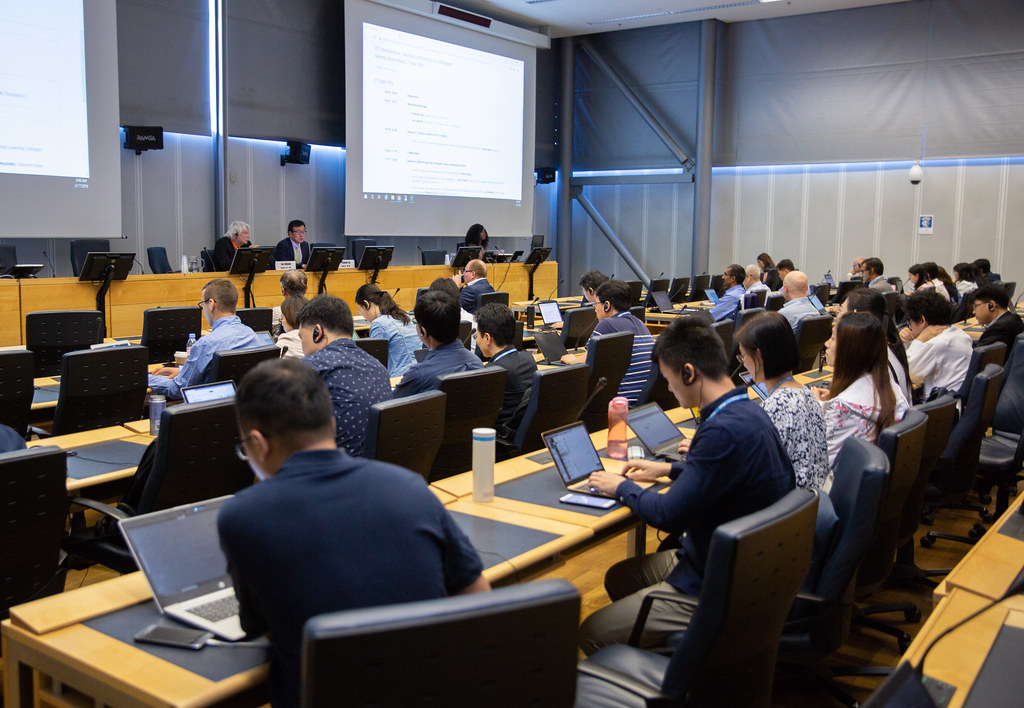In the business world, decision trees are often used to develop insights and predictions about downsizing or expanding, changing a pricing model or succession planning. The performance of a machine learning model is primarily dependent on the predictive accuracy of its training dataset with respect to the outcome of interest. If you were able to know everything about a system (quantum physics aside) you would be able to perfectly predict its future state. In reality most datasets contain a small subset of information about a system – but that is often more than enough to build a valuable ML model. That said, adding in additional data can often help improve predictive performance.

Popular techniques include self-organizing maps, nearest-neighbor mapping, k-means clustering and singular value decomposition. These algorithms are also used to segment text topics, recommend items and identify data outliers. Analyzing data to identify patterns and trends is key to the transportation industry, which relies on making routes more efficient and predicting potential problems to increase profitability. The data analysis and modeling aspects of machine learning are important tools to delivery companies, public transportation and other transportation organizations. When choosing between machine learning and deep learning, consider whether you have … Read More
View More Gaussian Mixture Models (GMM)

